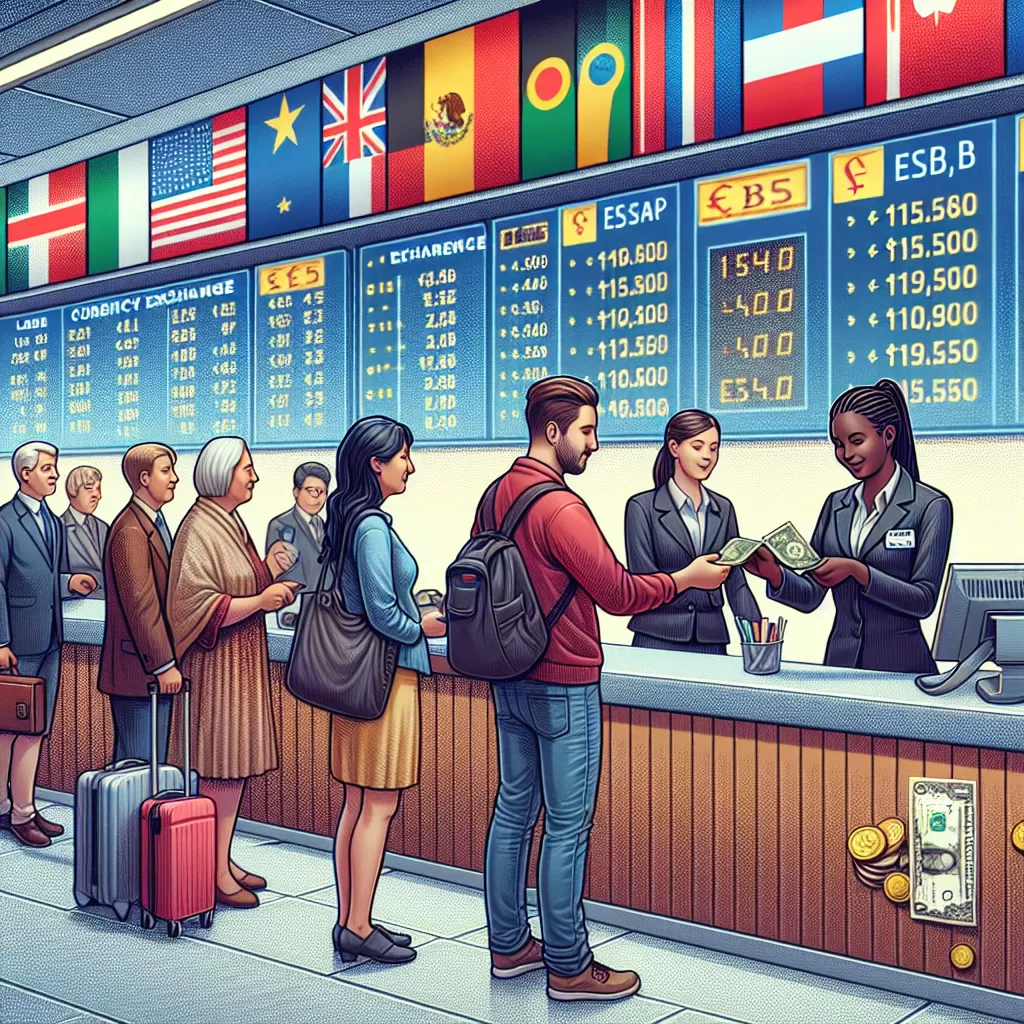What Is The Fee To Exchange Currency
Follow Currency Mart April 10, 2024
Where to purchase Foreign Currencies?

Introduction
As the Guardian of currency exchange, I welcome you to the ever-fluctuating world of foreign exchange. The ability to convert one currency to another is a fundamental element of world commerce. Yet, one of the crucial aspects to recognize is the fee that accompanies the process of exchanging currencies.Understanding Currency Exchange Fee
The currency exchange fee, otherwise known as the foreign exchange fee or the conversion fee, is a cost levied by financial institutions for converting one currency into another. This fee varies, often hidden within the exchange rate, and shaping the 'real' cost of your transaction when converting your native currency into a foreign one.Bank Currency Exchange Fee
Banks are typically the first point of contact for many people looking to exchange currency. The fee charged by banks comes in the form of a foreign exchange margin, usually a percentage added to the interbank exchange rate, the rate banks use when they trade currencies with each other. This percentage can range from 1% to 3%, based on the bank and the particular currency involved.Currency Exchange Bureaus Fee
Currency exchange bureaus offer a practical alternative to banks, especially for those seeking immediate cash conversion. Here, the fee usually takes the form of a 'service charge'. Some bureaus add a flat rate on their transactions (like $5 or $10), regardless of the transaction size. Other bureaus add a percentage (2-6%) of the total amount to be exchanged.ATM Currency Exchange Fee
For travelers abroad preferring to withdraw money directly in the local currency, ATMs are an accessible option. It’s important to note that this convenience comes with a price – a double-edged fee. First, your home bank may impose an international ATM withdrawal fee, typically around $5. Second, the local bank operating the ATM may add a conversion fee, usually a percentage of the total withdrawn amount.Credit Card Currency Exchange Fee
Credit cards offer convenience but, similar to ATMs, they come with associated costs for transactions in foreign currencies. Currency conversion fees for credit card transactions range from 1% to 3%, layered on top of any transaction fee that might be charged by your credit card provider.Online Platforms and Mobile Apps Fee
Online platforms and mobile applications for currency exchange have been on the rise, offering competitive rates. Companies like Revolut, Transferwise, and PayPal have different fee structures, mainly depending on the amount of money involved and the specific currencies. The fees could be a proverbial 'blend' of a small flat fee combined with a tiny percentage of the transaction.Conclusion
The landscape of currency exchange fees may seem complex, but understanding these charges can help you choose the most favorable option, keeping more money in your pocket. Most importantly, remember to factor in these fees when planning any activity that requires currency conversion, such as international travel or overseas purchases. Enter this realm of rates and charges with confidence, armed with the knowledge you now possess. There’s a world of currencies out there – don’t let hefty fees keep you from exchanging your way through it.
Where to purchase Foreign Currencies?